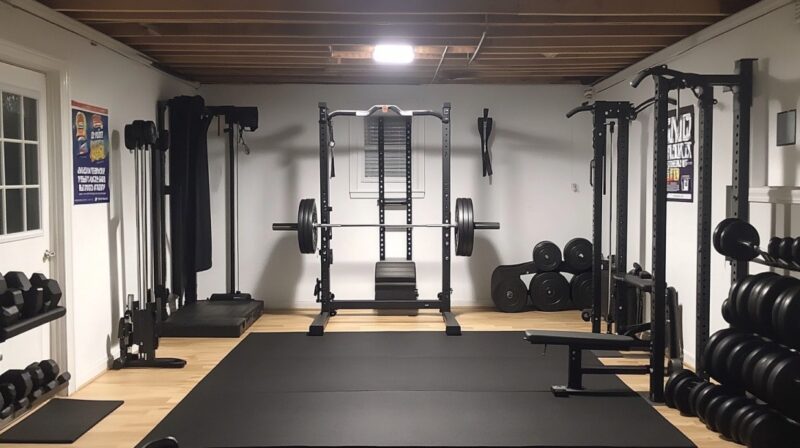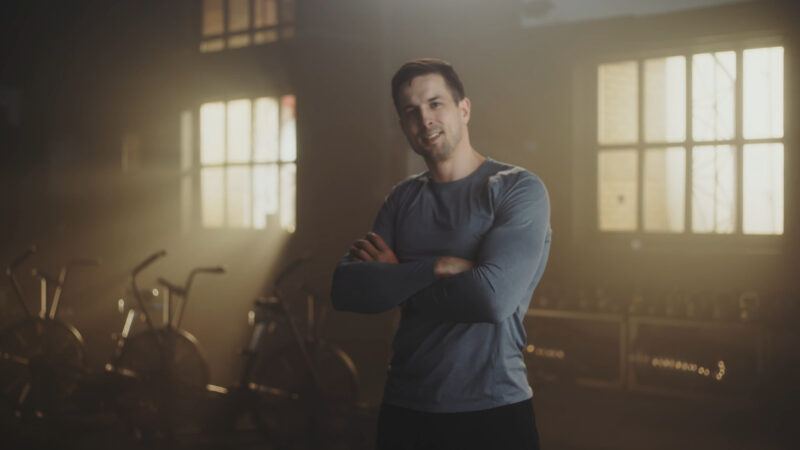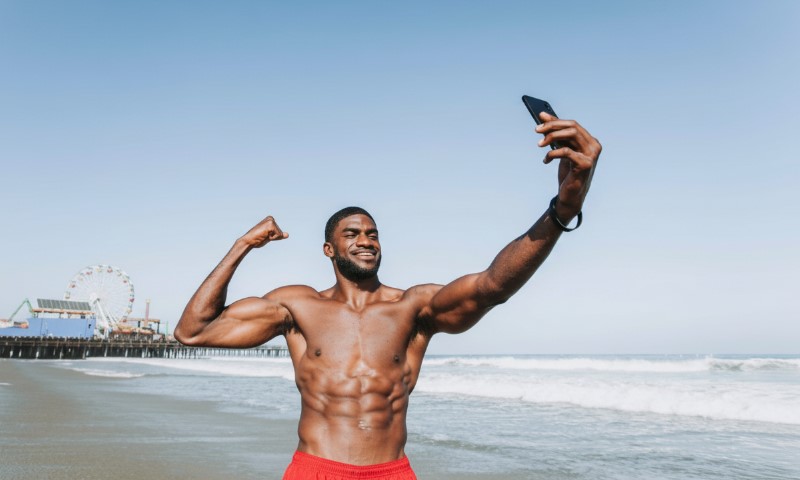Strength training at home offers unmatched convenience, eliminating travel time and gym memberships. Flexibility in scheduling makes workouts more consistent and sustainable.
Choosing equipment that delivers maximum function in minimal space helps maintain efficiency. Focusing on versatile gear ensures progress without cluttering living areas.
Goals often include building muscle, improving physical health, and committing to long-term fitness. A thoughtfully designed setup supports those efforts with fewer obstacles.
Table of Contents
Toggle1. Barbell with Weight Plates

Adjustable dumbbells form the backbone of a compact, functional home gym. Fixed-weight dumbbells require racks and space, while one pair of adjustable dumbbells can cover a wide range of loads.
The dumbbell sets from Fitness Avenue design are ideal for users progressing through different strength levels without buying dozens of individual weights.
Versatility makes them useful for full-body workouts.
- Bench presses
- Dumbbell rows
- Lunges
- Goblet squats
- Biceps curls
Each of these targets different muscle groups, promoting muscle balance and symmetry.
Unlike bulkier equipment, they easily tuck away into closets or under furniture after use.
Expandable systems such as PowerBlock or Bowflex allow for progression without further purchases.
- Smooth and fast adjustment mechanisms
- Durable construction for daily use
- Secure locking systems to prevent shifting during lifts
These elements ensure both safety and long-term utility.
2. Adjustable Dumbbells
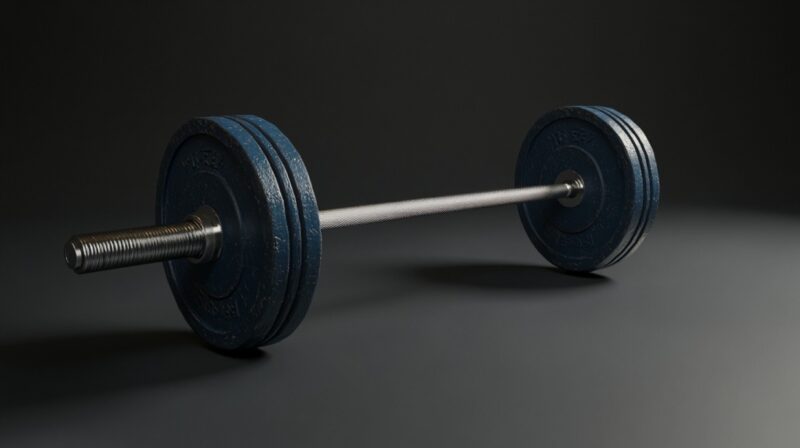
Barbells combined with weight plates allow for heavy compound lifts essential to muscle growth.
Core exercises such as squats, deadlifts, and overhead presses engage multiple joints and muscle groups, making them highly efficient.
Weight plate types impact usability and space. Bumper plates suit those practicing Olympic lifts or concerned about floor protection.
Iron plates tend to be more affordable and compact, but aren’t designed for dropping.
- Bumper plates for dynamic movements and safe dropping
- Iron plates for static lifts and compact storage
- Rubber-coated plates as a compromise for noise reduction
Safety accessories like collars should never be skipped. Plate increments as small as 2.5 lbs allow micro-loading, an effective method to avoid plateaus.
- Vertical storage racks
- Wall-mounted plate pegs
- Compact bar holders
An organized space reduces clutter and increases safety during training.
To explore high-quality gear options for your home gym or commercial setup, consider checking out powerlifting equipment at factoryweights.co.uk.
3. Resistance Bands

Resistance bands are lightweight, portable, and suitable for all experience levels. Compact enough to fit inside a drawer or gym bag, they excel in warming up, stretching, or adding resistance without requiring bulky machines.
Exercises performed with resistance bands help improve mobility and muscle activation.
- Band pull-aparts for shoulder stability
- X-walks for glute activation
- Assisted pull-ups for back development
- Banded squats to increase lower body tension
To cover a full range of movements, choose a set that includes:
- Loop bands for lower body exercises
- Mini bands for targeted muscle activation
- Therapy bands for rehabilitation or joint mobility
A full set enhances both primary and accessory movements.
4. Kettlebell
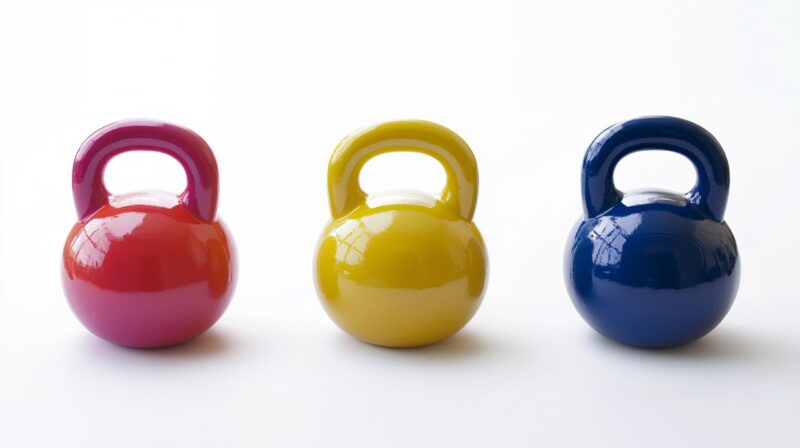
Kettlebells offer a dynamic training tool that bridges the gap between strength and cardiovascular training.
Their off-center mass engages stabilizing muscles more than traditional weights during movement, creating new challenges with familiar exercises.
- Kettlebell swings to build hip power and endurance
- Turkish get-ups to improve mobility and full-body control
- Goblet squats for legs and core
- Overhead presses for shoulder and triceps strength
Adjustable kettlebells add convenience. Instead of purchasing a collection of sizes, a single adjustable unit:
- Saves space in small areas
- Lowers total equipment cost over time
- Allows scalable progression
They suit users wanting a simple, effective tool for total-body workouts.
5. Squat Rack (Preferably with Pull-Up Bar)
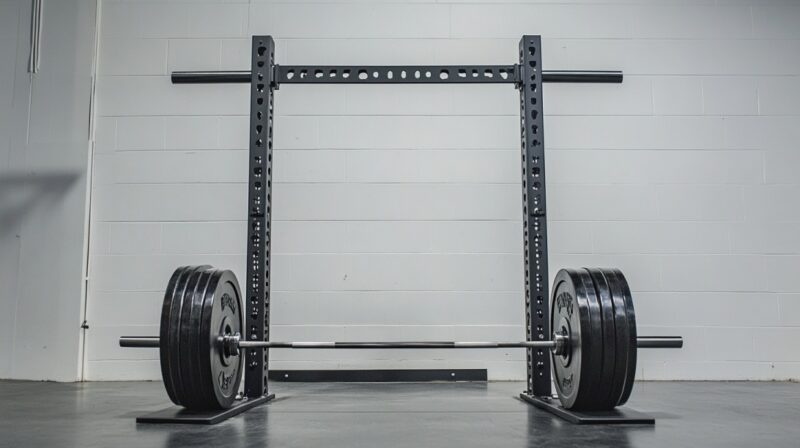
A squat rack creates a structured environment for safe barbell training.
It provides essential support during heavy lifts like squats, bench presses, and overhead presses, minimizing risk during solo workouts.
- Power cage, offering built-in safety bars and pull-up functionality
- Foldable squat rack, ideal for tight spaces with limited floor area
Both support critical barbell exercises while adding flexibility for expansion. When lifting alone, always install:
- Catch bars or safety pins
- Secure J-hooks to hold the bar
- Floor anchors for added rack stability
Many models include integrated pull-up bars, enabling back and arm work without separate equipment.
6. Adjustable Bench
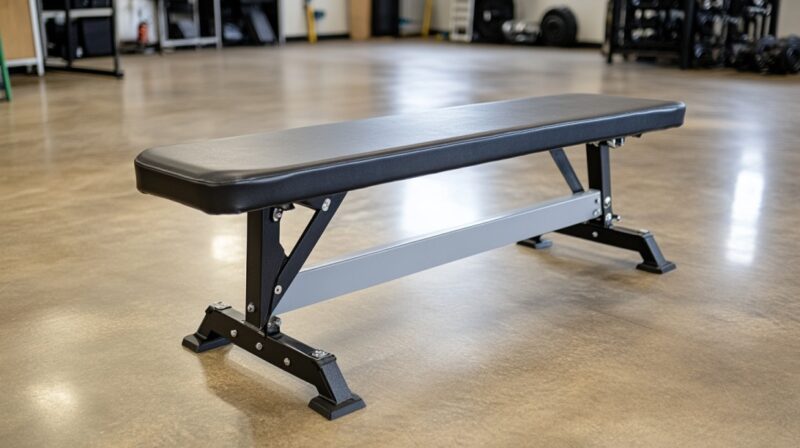
An adjustable bench adds versatility by allowing incline, flat, and decline angles during pressing and pulling exercises. The change in angle targets different parts of the muscle, providing a more complete development.
- Incline presses for upper chest
- Flat bench presses for mid-chest
- Dumbbell or barbell rows for back
- Bulgarian split squats for leg stability using rear foot elevation
When selecting a bench, prioritize:
- Wide adjustment range from steep incline to decline
- Heavy-duty frame with minimal wobble
- Comfortable, dense padding for support
- Reliable construction ensures safety during higher-weight lifts.
7. Pull-Up Bar or Power Tower
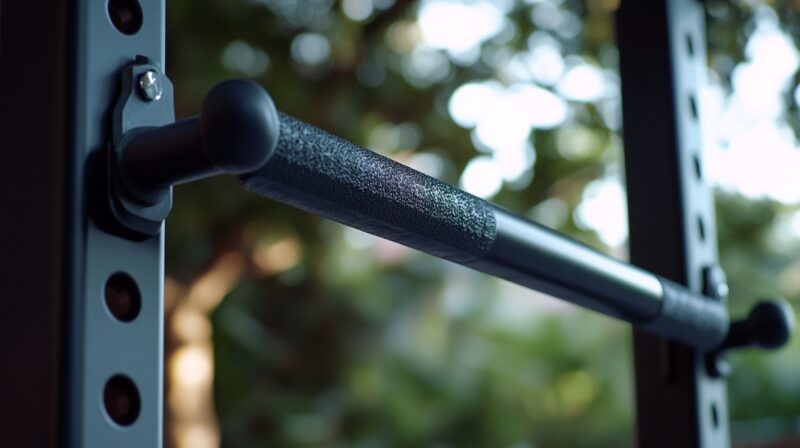
A pull-up bar or power tower is one of the most efficient tools for developing upper body and core strength using bodyweight resistance. It provides a straightforward way to challenge muscles without complicated equipment, focusing on control, endurance, and technique.
Pull-ups activate the back and biceps while simultaneously engaging the core and shoulders. When combined with other bodyweight exercises such as dips or leg raises, a pull-up station transforms into a compact hub for upper-body development.
Options for installation and usage depend on available space, portability needs, and training goals.
- Doorway pull-up bars – quick setup, budget-friendly, and ideal for renters
- Wall-mounted pull-up bars – more stable, capable of supporting heavier users and dynamic movements
- Freestanding power towers – offer multiple stations for pull-ups, dips, push-ups, and leg raises
Each setup offers benefits for different living situations and workout intensities.
- Standard pull-ups – strengthen lats, rear deltoids, and upper back
- Chin-ups – place more emphasis on biceps and chest
- Hanging leg raises – target lower abs while enhancing grip and hip control
- Dips – build triceps, chest, and shoulder stability
Many models include angled handles, ergonomic grips, and padded armrests to increase comfort during training.
The Bottom Line
Seven pieces of equipment cover everything needed to build strength, improve endurance, and support long-term progress. Each tool offers flexibility in use and scalability over time.
Progressive overload and proper technique matter more than the amount of gear. Investing in quality equipment ensures safety and supports consistent improvement.
Start with the essentials and expand as goals evolve. Smart decisions now will build a foundation for sustainable strength at home.
Related Posts:
- How Can You Start a Career as a Running Coach?
- How Long Does It Take to Train for a Half Marathon?
- Lower Back Pain While Running? Here's What You Need to Know
- How Far Is a Half Marathon? Everything You Need to Know
- How To Get Stronger Without Losing Speed And Flexibility
- How To Recover From Muscle Inflammation Without Medication

